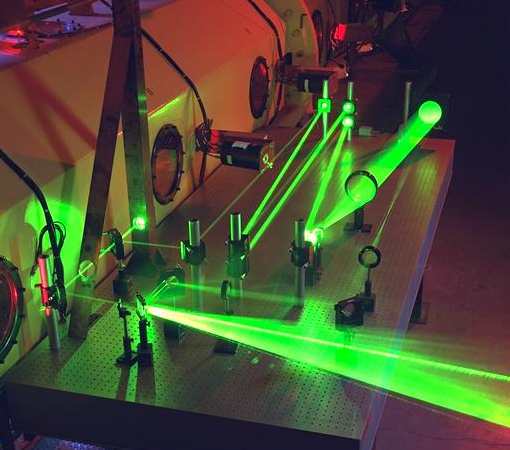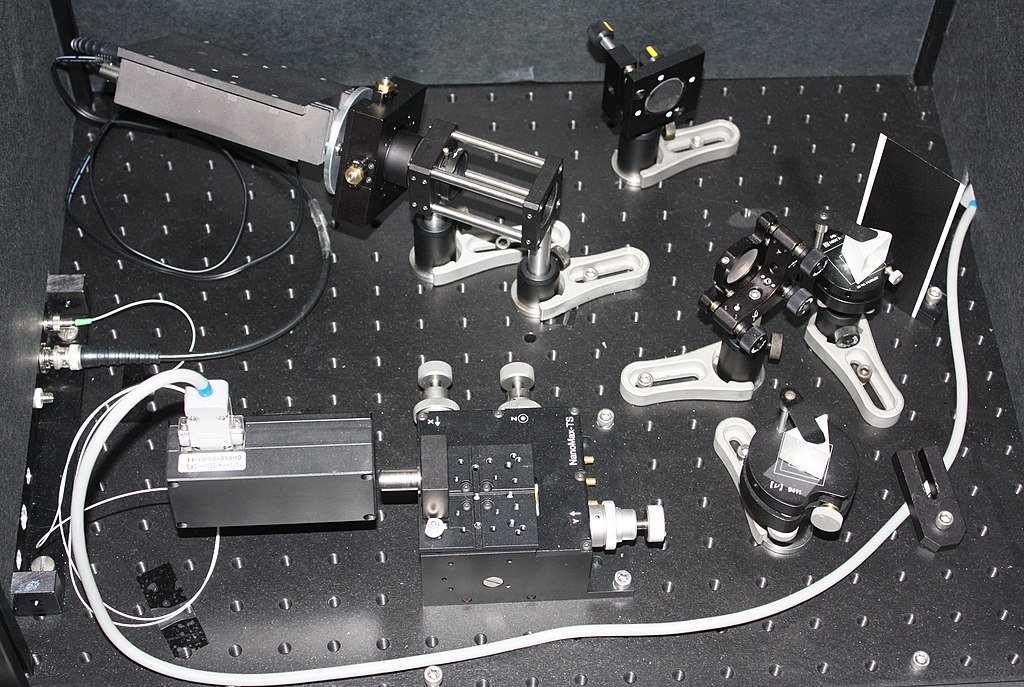Optical breadboards are essential tools for anyone working with optical components and systems. They provide a stable and reliable platform for mounting and aligning optical elements, enabling accurate and repeatable results. These breadboards feature a grid of threaded holes, allowing for the secure attachment of optical mounts and accessories, making them versatile and adaptable to various optical setups.
Applications of Optical Breadboards
Optical breadboards have diverse applications in different environments. They are commonly used in research and development laboratories, where they play a crucial role in prototyping and testing new optical systems and devices. The stability and precision provided by these platforms are essential during the experimental phase. Nexus breadboards from Thorlabs, such as the B3048G or the B2436F, come in a variety of dimensions and thickness levels. Certain breadboards are built with capabilities for specific application. The MBC6030/M, for example, is a water-cooled breadboard designed to meet the requirements of temperature-sensitive applications.
In educational settings, optical breadboards serve as valuable teaching tools. They enhance the learning experience by enabling hands-on experiments to educate students about optical engineering concepts.
Moreover, optical breadboards find practical use in manufacturing industries. Here, they are employed to assemble and rigorously test optical components and systems, ensuring the final product’s quality and reliability.
Let’s take a closer look at some specific examples of how optical breadboards are employed:

Building and Testing Lasers: Optical breadboards play a pivotal role in constructing and rigorously testing lasers, where precise alignment is critical for laser performance.
Optical Communication Systems: The development and testing of optical communication systems, used in data transmission and telecommunications, benefit greatly from the stability offered by optical breadboards.
Optical Sensors: In the realm of optical sensors, where sensitivity and accuracy are vital, optical breadboards are instrumental in constructing and testing these devices.
Microscopes and Telescopes: Building and testing optical microscopes and telescopes require a robust platform like an optical breadboard to maintain alignment and precision.
Prototyping New Optical Devices: Engineers and scientists rely on optical breadboards for prototyping and testing innovative optical devices before mass production.
The Benefits of Optical Breadboards
Versatility: Optical breadboards can be adapted for a wide range of optical systems, from simple prototypes to complex production setups.
Flexibility: These platforms allow for easy reconfiguration of optical systems, making them ideal for prototyping and experimentation.
Stability: Designed to be exceptionally stable, optical breadboards provide the foundation necessary for achieving precise and reliable results.
Durability: Crafted from materials like aluminum or stainless steel, optical breadboards are built to withstand demanding environments.
Portability: These platforms are relatively portable, offering convenience for experiments conducted in different locations.

In addition to the overall advantages mentioned earlier, optical breadboards provide specific benefits tailored to particular applications. One of these advantages is vibration reduction, where optical breadboards play a pivotal role in minimizing vibrations. This reduction is particularly important as it enhances the overall performance of optical systems, ensuring that precise alignments are maintained, and experiments yield reliable results. Furthermore, optical breadboards contribute significantly to improved thermal stability. This aspect is of critical importance in applications where sensitivity to temperature fluctuations is a concern. The stability provided by these platforms helps maintain consistent performance, especially in scenarios where even slight temperature variations could affect outcomes.
Another noteworthy benefit is electromagnetic interference (EMI) control. Optical breadboards can effectively manage EMI, which is paramount when working with sensitive optical components. By mitigating EMI, these breadboards ensure the reliability and accuracy of data collected from such components, making them indispensable tools in environments where EMI is a potential concern.
In the world of optics, precision and stability are non-negotiable, and optical breadboards rise to the occasion. Whether you are a seasoned professional or a budding scientist, these versatile platforms offer the support and precision needed to achieve accurate and reliable results. With their ease of use, cost-effectiveness, and widespread availability, optical breadboards are an indispensable tool in the optical engineer’s toolkit.